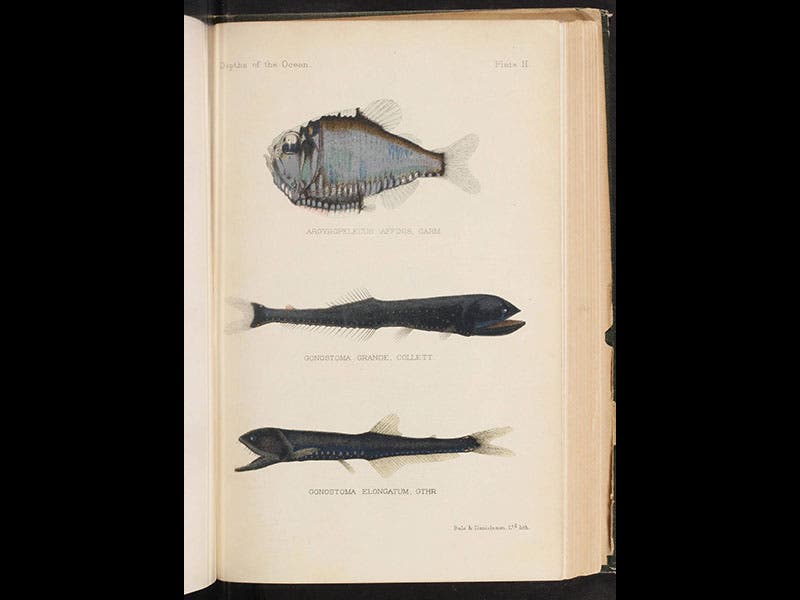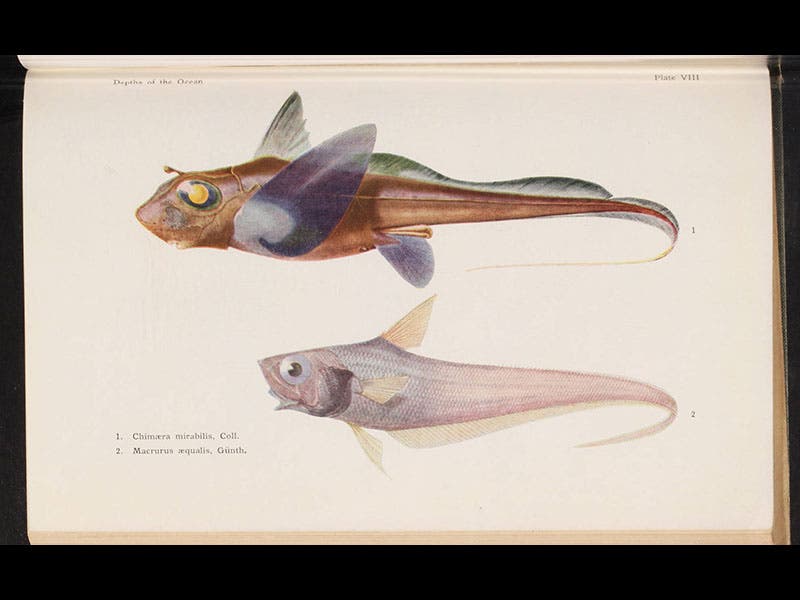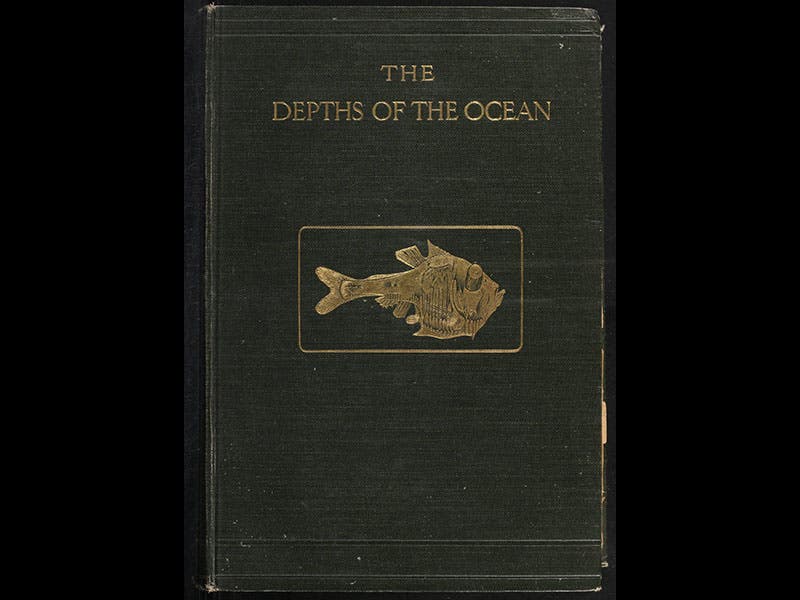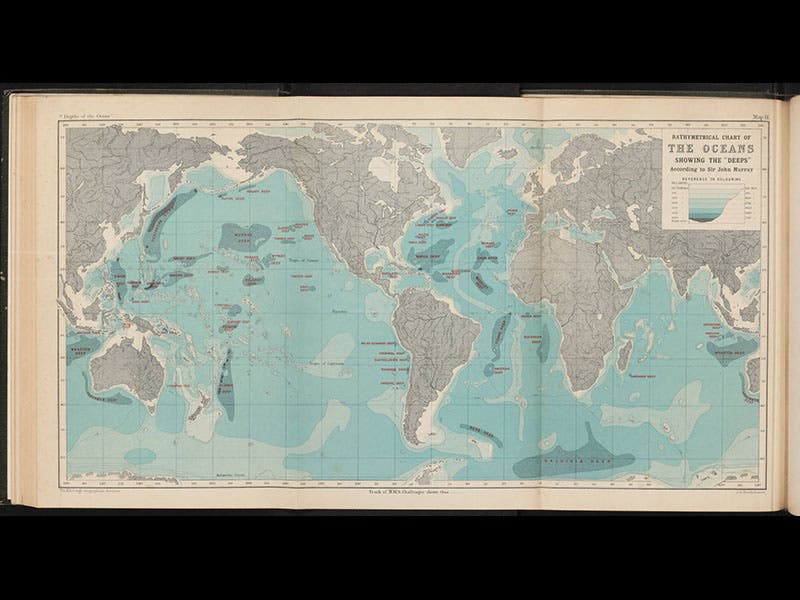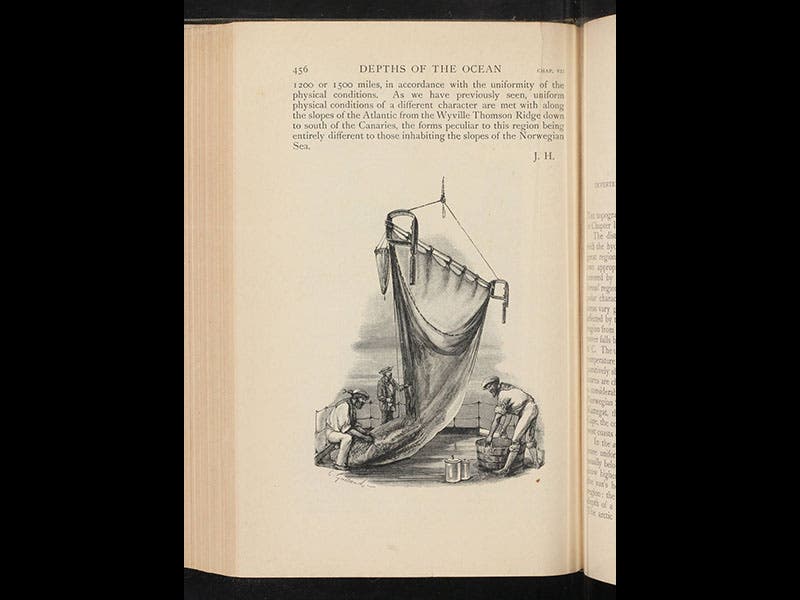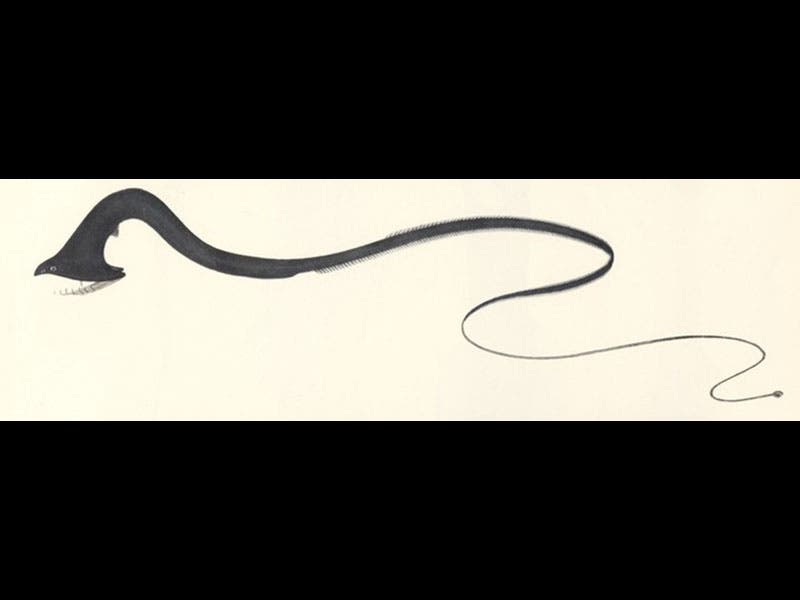Scientist of the Day - Johann Hjort
Johan Hjort, a Norwegian marine biologist, died Oct. 7, 1948, at age 79. In 1909, Sir John Murray, a well-known English oceanographer who had taken part in the legendary voyage of HMS Challenger (1872-76), visited Bergen, Norway, where Hjort was head of the government fisheries, and he told Hjort that the time was ripe for a follow-up voyage to the Challenger, using state-of-the-art dredging and sounding equipment that had been unavailable 40 years earlier. Norway owned a fully equipped oceanographic vessel, the Michael Sars, and Murray proposed that Norway lend him the ship and all its crew for four months to explore the North Atlantic, with Hjort in command. He, Murray, would pay all expenses. This seemed agreeable to everyone, and within 6 months all was prepared, and the Michael Sars set off in April of 1910, returning home in August.
The voyage was richly successful, especially in terms of specimens brought up from the deep. It wasn't very long before that marine biologists thought that there was no life in the deep sea below about 300 fathoms (1800 feet). The Challenger voyager had brought up many invertebrates from the sea floor down to 2000 fathoms, and the Michael Sars was just as successful with free-swimming pelagic fish, hauling up many bizarre specimens that lived far from the light of day in waters that are miles below the surface. We see above several color plates of deep-sea fish, from the narrative of the expedition, The Depths of the Ocean, written by Hjort and Murray and published in 1912. It is one of the classics of oceanography. We acquired our copy several years ago. The wonderful gold-stamped cover was a welcome touch (third image). There are also several colored maps of the world’s oceanic deeps (fourth image), and steel engravings that depicted the equipment used, such as the deep-sea dredge (fifth image)
All of the specimens from the voyage, by prior agreement, went to the marine laboratory and museum at Bergen. One of the specimens still preserved there is a kind of gulper eel, named, after our subject, Saccopharaynx hjorti (sixth image). It was recovered at a station off the Azores, and it was not only the first specimen of its species ever discovered, it was also the last—no one since has ever found another one. That doesn’t mean it is extinct; it just means that we still have very little knowledge about what goes on in the deep, deep sea.
Dr. William B. Ashworth, Jr., Consultant for the History of Science, Linda Hall Library and Associate Professor, Department of History, University of Missouri-Kansas City. Comments or corrections are welcome; please direct to ashworthw@umkc.edu.


